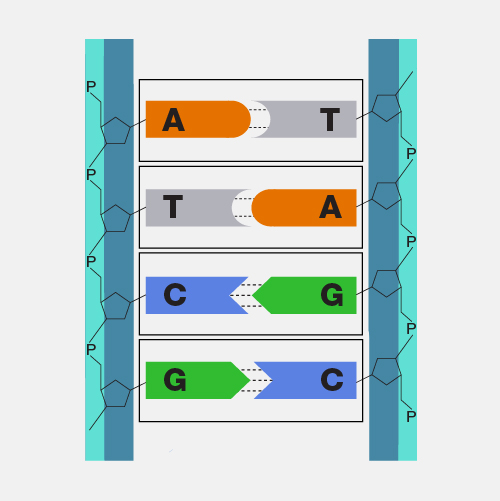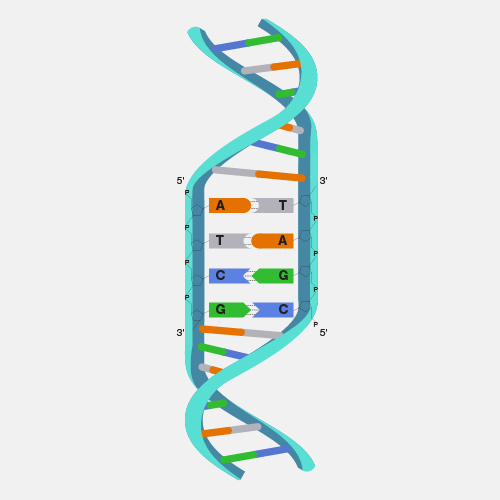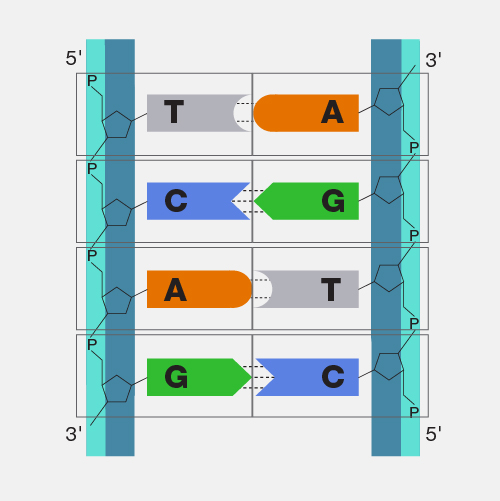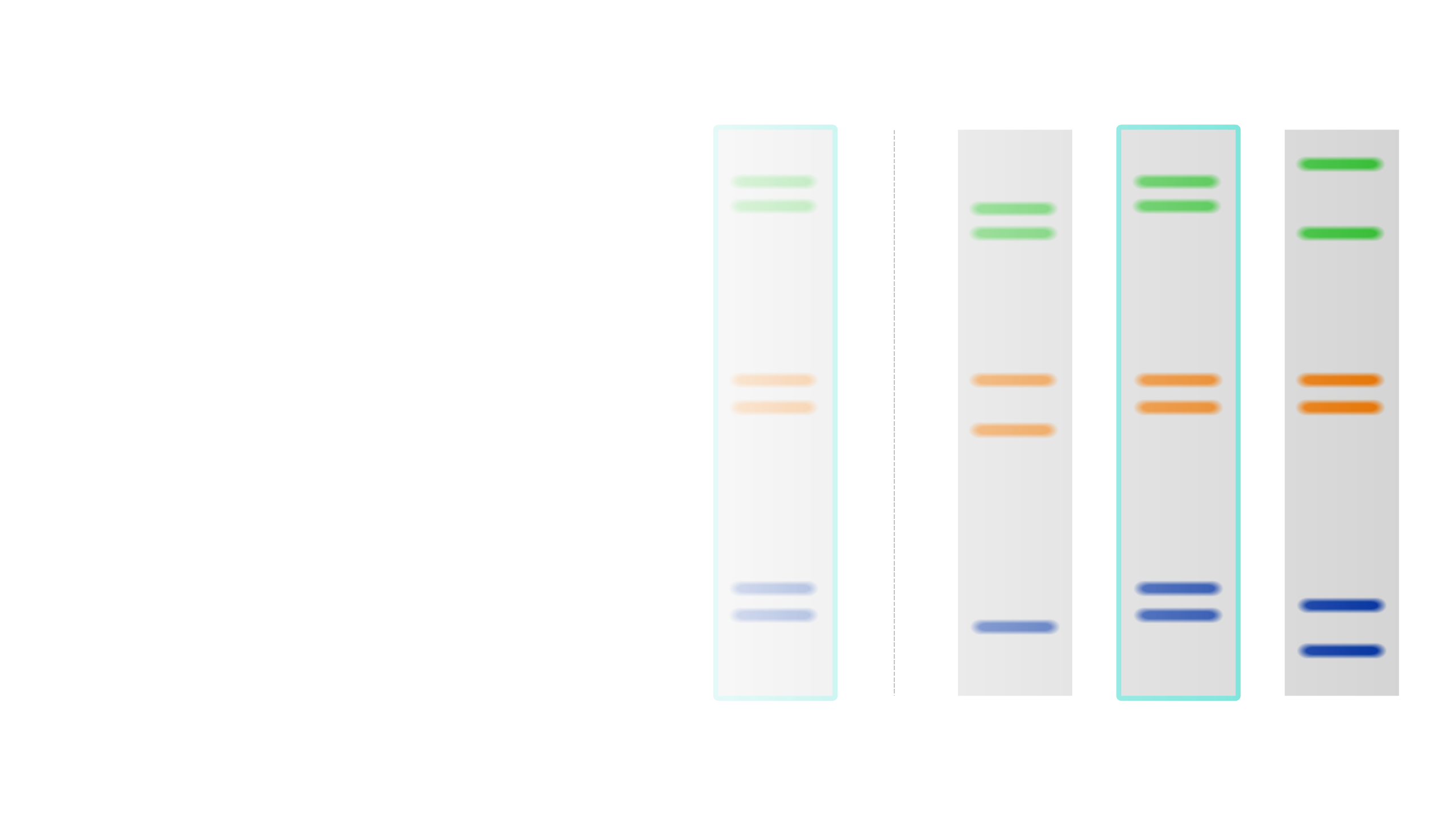
DNA Fingerprinting
Definition
DNA fingerprinting is a laboratory technique used to determine the probable identity of a person based on the nucleotide sequences of certain regions of human DNA that are unique to individuals. DNA fingerprinting is used in a variety of situations, such as criminal investigations, other forensic purposes and paternity testing. In these situations, one aims to “match” two DNA fingerprints with one another, such as a DNA sample from a known person and one from an unknown person.
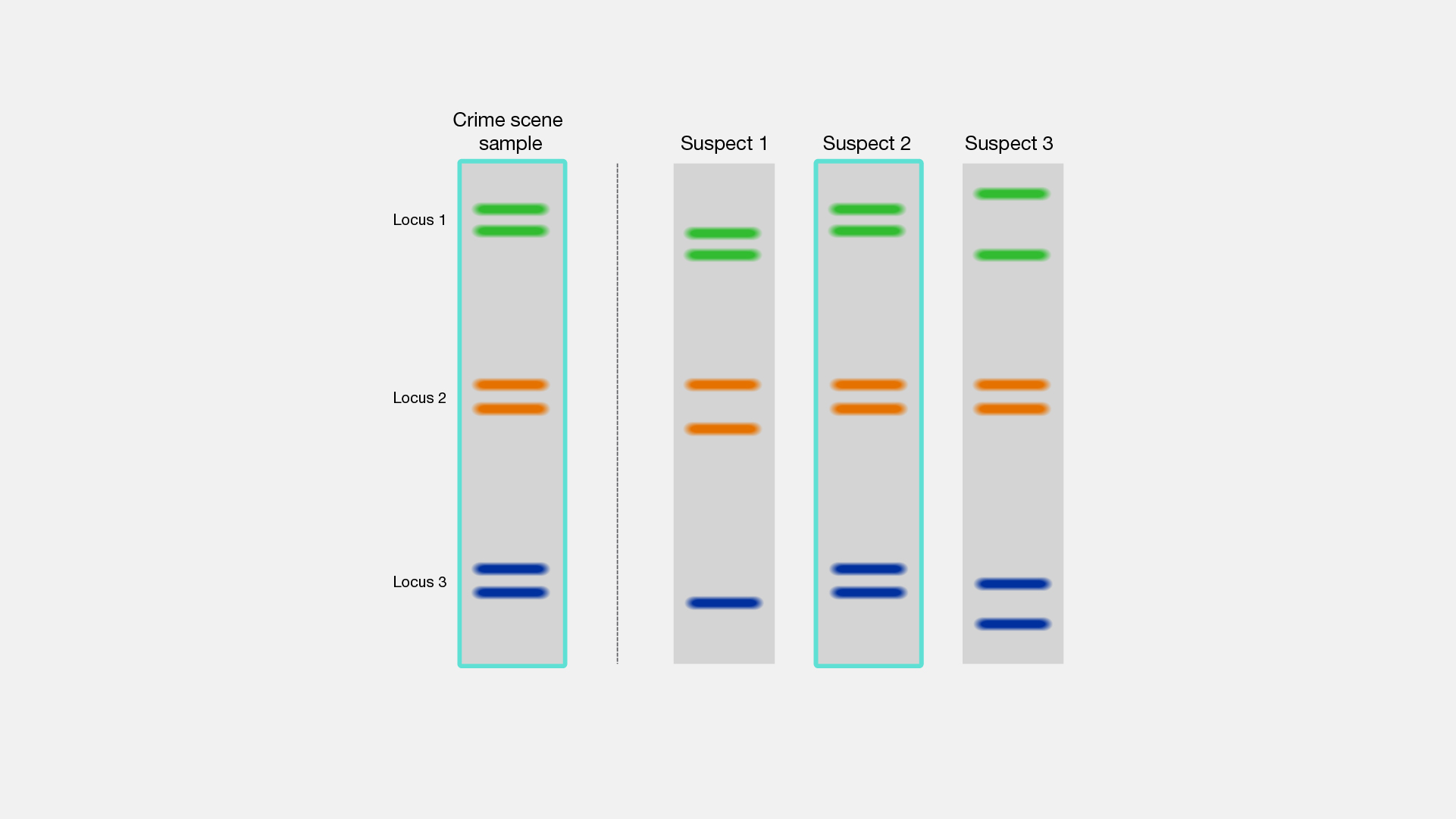
Narration
DNA fingerprinting. I think a lot of people are first introduced to DNA fingerprinting while watching crime shows. An officer collects some samples from the crime scene. They put it in a tube. And then an hour later, they hold up a brightly colored gel, squint at it, and say, aha, we have a match for the killer's DNA. Then the show is over. Of course, that isn't exactly how things work in real life. But DNA fingerprinting is an important part of forensic science. Although it can't really tell you exactly who committed a crime, it can be used to help narrow down a list of suspects based on how well their DNA matches the samples that were found at the crime scene. Investigators can also use the DNA results to search specific databases to find other potential suspects.


